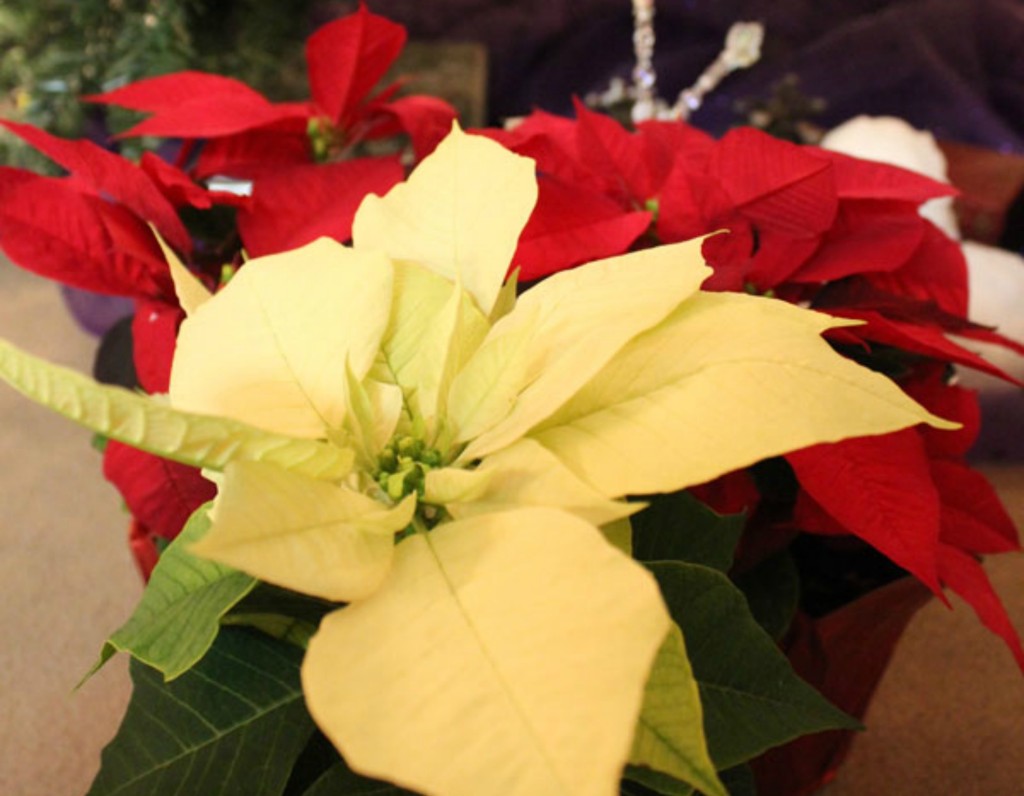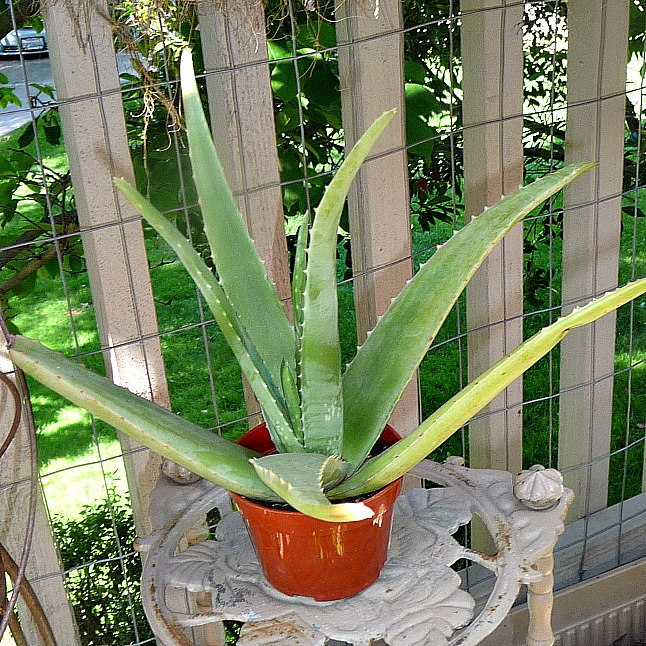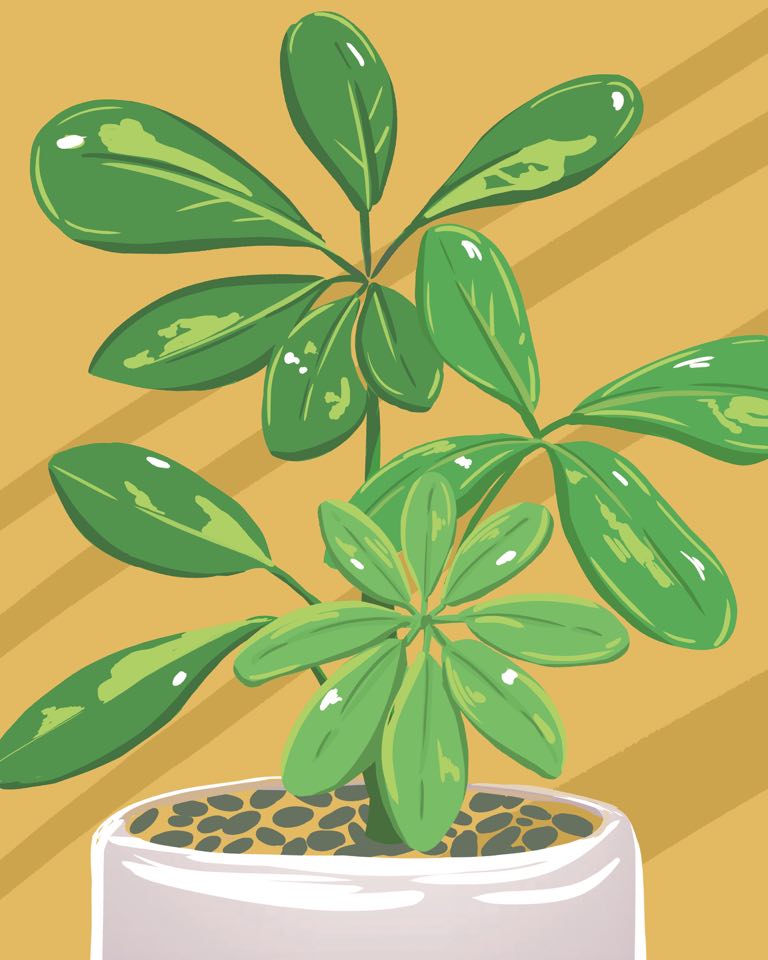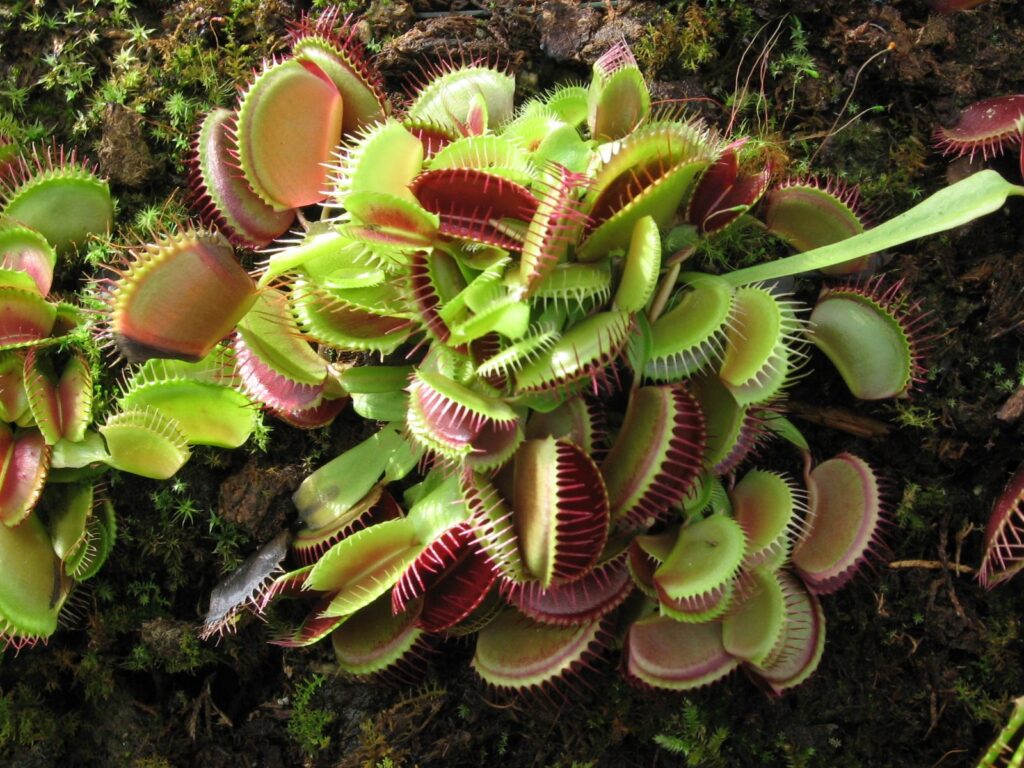When I was a little girl, we had bearded iris plants growing in our yard. The flowers happened to be a deep shade of purple, and influenced me to choose purple as my favorite color. For some reason this was a very important decision for me, and I told all my friends the next day.
If you’re looking for an easy care, low-maintenance plant, bearded irises are “the man!” (Well, they DO have beards.) The plants in our yard grew for many years before I learned they should be divided every four to five years. Division is a type of plant propagation, i.e. making more plants. I divided ours with a shovel, leaving several in a clump and digging up the rest. I was quite proud of myself, and excited to share extra plants with my friends! (okay, my mom’s friends. At 15 most kids aren’t into gardening). Later I learned the correct way to divide irises is to gently dig up the whole clump, throw away dead, diseased or damaged ones, and separate the remaining rhizomes with a sharp knife. THEN share with your friends.
A rhizome is a funky looking underground stem that grows close to the surface of the soil. If you’ve ever eaten ginger, you’ve eaten a rhizome. Interestingly enough, the rhizomes of one iris, Iris florentina have been used in perfume and cosmetic products ancient times, are still used today.
Once you divide the rhizomes (each will still have the leaf attached), you’ll want to plant them correctly. Plant too deep and you’ll get less blossoms and the rhizome may even rot. Plant too high and the rhizome will dry out. But don’t panic. The main thing to remember is to plant so the top of the rhizome is visible above the soil surface and the roots are in the soil. If rhizomes sink after you water them, gently lift them back into place. For awesome photos that show step-by-step how to plant the rhizomes, check out Mr. Brown Thumb’s blog post at http://mrbrownthumb.blogspot.com/2009/10/how-to-plant-iris-rhizomes-in-your.html
Irises thrive in USDA zones 3a-9b. The best time to plant is between July and October. Bearded irises need good drainage, especially in clay soils. Plant in full sun in most climates. In hot climates, plant in part shade. Space rhizomes 1-2 feet apart. Water regularly until winter rains arrive. Once established, bearded irises are quite drought tolerant.
And now, I’d like to give a “shout out” to my friend Monica Burkner, a student at CSU Stanislaus State who is an Agricultural Ambassador. Monica, in partnership with CSU Gardening Specialist Martin Hildebrant have raised tons of money for the Ag Program with with plant projects. If you live nearby and would like to purchase some irises, email her at mburkner@csustan.edu. Irises are available until sold out. There are nine colors and the cost is $5 for a package of 3 rhizomes.
If you live near a Junior college or University with an Agricultural Studies program, contact them to find out what you can purchase. In many cases you can find some very good deals, as well as support local students and programs.
Happy Gardening!
Anne









Leave a Reply